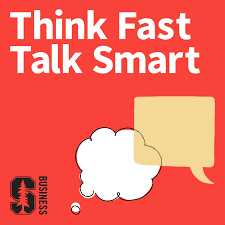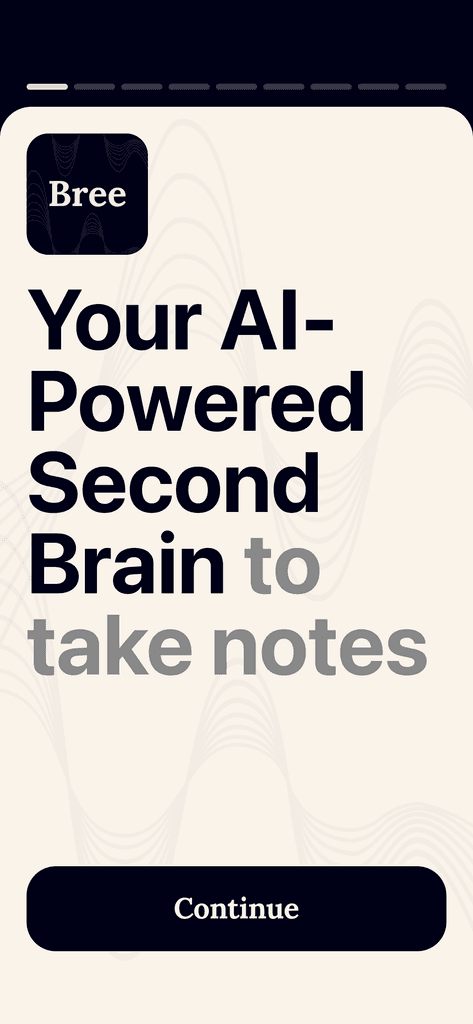Summary: Effective Speaking in Spontaneous Situations
This interactive workshop focuses on managing anxiety and improving spontaneous speaking skills. It provides practical techniques to help participants respond confidently in unscripted moments, such as impromptu introductions, feedback sessions, and Q&A scenarios.
Core Principles and Techniques:
Manage Anxiety:
Acknowledge anxiety: Accept nervousness as natural; 85% of people experience it.
Reframe anxiety: See it as a sign that what you’re doing matters, giving you energy.
Stay present: Use exercises like tongue twisters, walking, or mindful breathing to ground yourself.
Get Out of Your Own Way:
Release perfectionism: Focus on doing rather than over-analyzing.
Activity - “Shout the Wrong Name”: Practice thinking spontaneously by naming objects incorrectly, training your brain to act without hesitation.
Reframe the Situation as an Opportunity:
View challenges as chances to connect and clarify.
Activity - “Gift Exchange Game”: Imagine gifting an item and invent a reason for it, promoting quick thinking and reframing unexpected interactions positively.
Listen Before Responding:
Slow down: Understand the audience’s needs before responding.
Activity - “Spell Out Your Words Game”: Spell responses to practice focused listening, reinforcing the importance of being present in conversations.
Maxim: “Don’t just do something, stand there.” Pause, listen, and then respond thoughtfully.
Use Structured Responses:
Problem-Solution-Benefit: Define an issue, propose a solution, and highlight the benefits.
What-So What-Now What: Explain the situation, its significance, and the next steps.
Activity: Practice using these structures to sell an item (like a slinky) for quick and clear communication.
Handling Hostile Situations:
Acknowledge emotions: Validate concerns without labeling feelings.
Reframe questions: Shift negative questions into constructive discussions.
Practical Tools for Engagement:
Engage with your audience: Use questions, humor, or polls to encourage interaction.
Adapt to remote settings: Incorporate imagination, collaborative tools, or interactive breaks to connect with remote audiences.
Humor: Use self-deprecating humor to minimize risks and foster connection.
Final Thoughts and Takeaways:
Practice regularly: These skills require repetition to become second nature.
Structure reduces cognitive load: Knowing how to organize your thoughts allows you to focus on the message.
Maxim: "Dare to be dull." Embrace simplicity to avoid overthinking, leading to authentic and impactful communication.
This workshop provides a roadmap to becoming more confident and effective in spontaneous speaking situations by focusing on preparation, mindset, and structure. For further resources, participants can explore the instructor's book, Speaking Up Without Freaking Out, or visit the No Freaking Speaking website.


